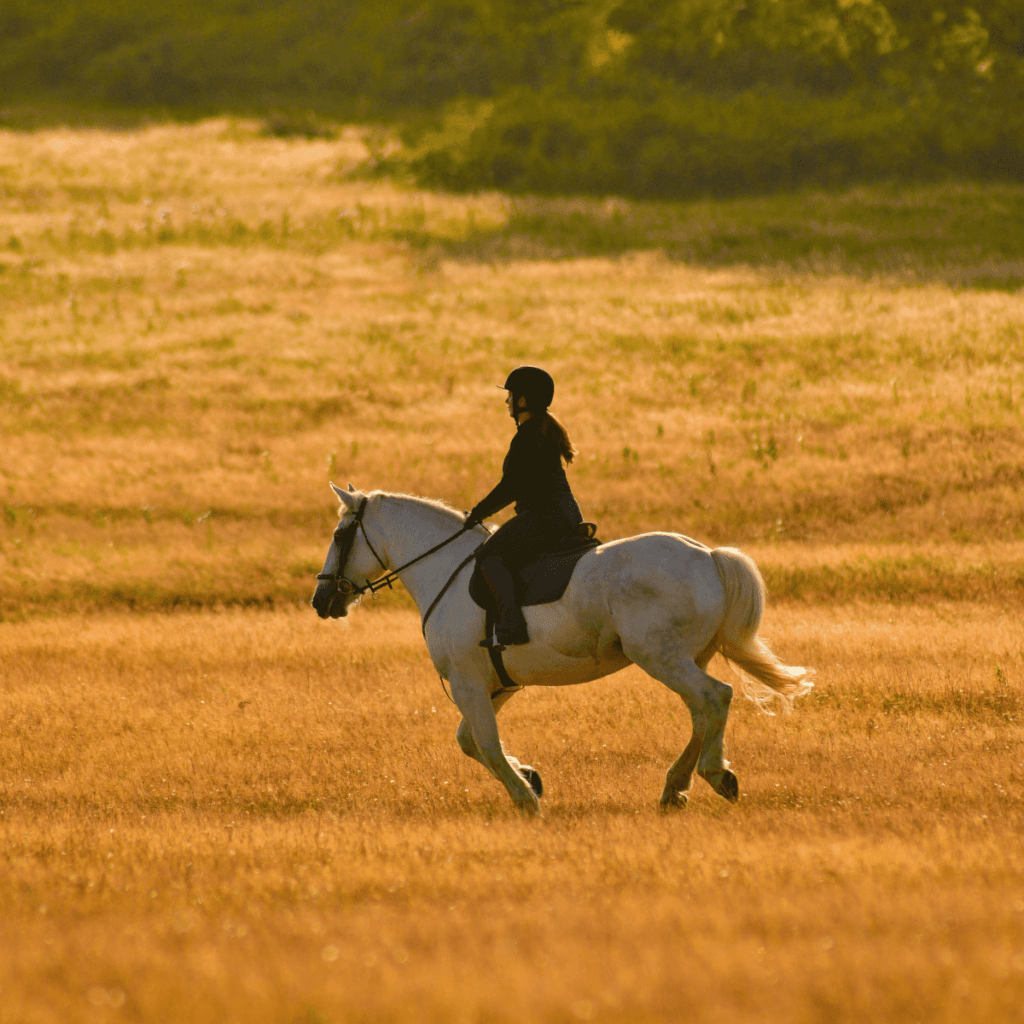Have you ever wondered what causes a horse to rise up onto its hind legs?
It’s a breathtaking and powerful sight that leaves many spectators in awe. Horses, with their graceful yet powerful physiques, are capable of performing a wide range of incredible movements, and rearing is one of the most striking. But what exactly happens when a horse stands on its hind legs? Is it instinctual, or is it a learned skill? Let’s dive into the fascinating world of equine rearing and explore the reasons behind this magnificent display.
Why Do Horses Rear?
The act of rearing—when a horse stands up on its hind legs, with its front legs lifted off the ground—can be seen for several reasons, both in the wild and under human guidance. In the wild, horses may rear as a defensive mechanism to protect themselves from predators or to assert dominance within a herd. Rearing is often a form of communication, signaling aggression or establishing hierarchy.
However, when it comes to training or performance, rearing takes on a whole new significance. Trainers teach horses to rear as part of controlled routines, where the behavior is prompted intentionally and executed with precision. In this context, rearing serves as a powerful display of the horse’s athleticism, strength, and coordination. It’s often seen in circus performances, rodeos, or competitive equestrian events, where it’s showcased as a part of the horse’s impressive repertoire.
How Do Horses Balance on Their Hind Legs?
You may wonder: how do horses even manage to rise up on just their hind legs? A horse’s body is naturally built for balance, particularly through its powerful hindquarters. The rear legs are the key players in this movement. When a horse begins to rear, it shifts its weight backward, relying on its strong hind limbs to push against the ground. These muscles provide the necessary force to lift the front half of the horse’s body.
Once the horse begins the movement, it must engage its core and back muscles to maintain balance. The neck and back play an essential role in stabilizing the horse during the rearing process. If this coordination is off, the horse could easily lose its footing and fall. That’s why this movement requires such a level of control, skill, and precision—both from the horse and the rider.
Can Rearing Be Trained?
The question many horse enthusiasts have is: Can rearing be taught? The answer is yes, but it’s a carefully crafted process that requires a deep understanding of horse behavior and a lot of patience. Training a horse to rear involves teaching the horse to shift its weight onto its hindquarters, gradually building the strength and balance necessary to perform the movement.
Trainers use positive reinforcement techniques to encourage the horse to rear on command. Through the use of specific cues and body language, the horse learns to associate the action with a reward, such as praise or treats. However, this process is gradual. Trainers first work on developing basic balance and engagement before progressing to the more advanced skill of rearing.
Safety is a crucial aspect of the training process. Since rearing can be dangerous if not properly managed, trainers ensure that the horse performs the movement in a controlled environment. Only after the horse has demonstrated confidence and stability in its rear will it be encouraged to perform the act in front of an audience.
What Makes Rearing So Fascinating?
When done properly, rearing is a breathtaking moment that showcases the strength, beauty, and precision of the horse. It’s not just a physical feat; it’s a true demonstration of the connection between horse and rider. When a horse rises onto its hind legs, it requires not just physical strength but also trust. The horse must trust the rider to guide it through the movement and maintain its balance, while the rider must trust the horse to execute the movement with grace and control.
In a performance setting, rearing is often a crowd favorite, capturing the awe of spectators who marvel at the horse’s athleticism. It’s a moment that seems almost magical, where the animal defies gravity and displays its incredible power and poise.
Is Rearing Dangerous for Horses?
While rearing can be an impressive and safe behavior when properly trained, it does come with risks. A horse that is startled or unbalanced during the rearing process can lose control and fall backward. This is why it’s crucial for rearing to be taught under expert supervision and in controlled settings. When performed by a well-trained horse in a safe environment, rearing is a controlled and beautiful act. However, if not properly managed, it can lead to serious injuries for both the horse and the rider.
Conclusion: A Moment of Strength and Beauty
Rearing is a remarkable and captivating behavior that highlights the strength, balance, and connection between horse and rider. Whether it’s a natural display of power or a learned skill perfected through training, rearing is a moment that never fails to fascinate. It’s an expression of the horse’s physical capabilities and the trust shared between human and animal. So, the next time you see a horse rise onto its hind legs, take a moment to appreciate the beauty, precision, and partnership that make it possible. Rearing truly represents the very best of the equine world, showcasing the power and grace of these magnificent creatures.




